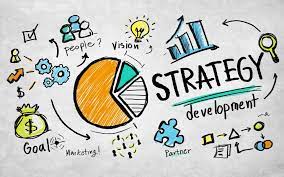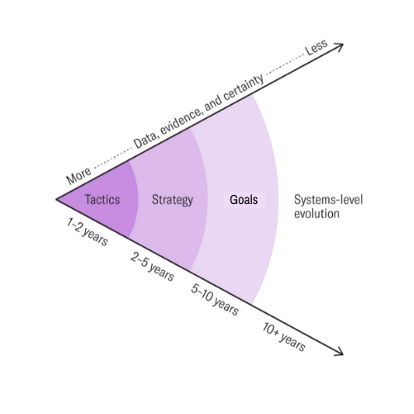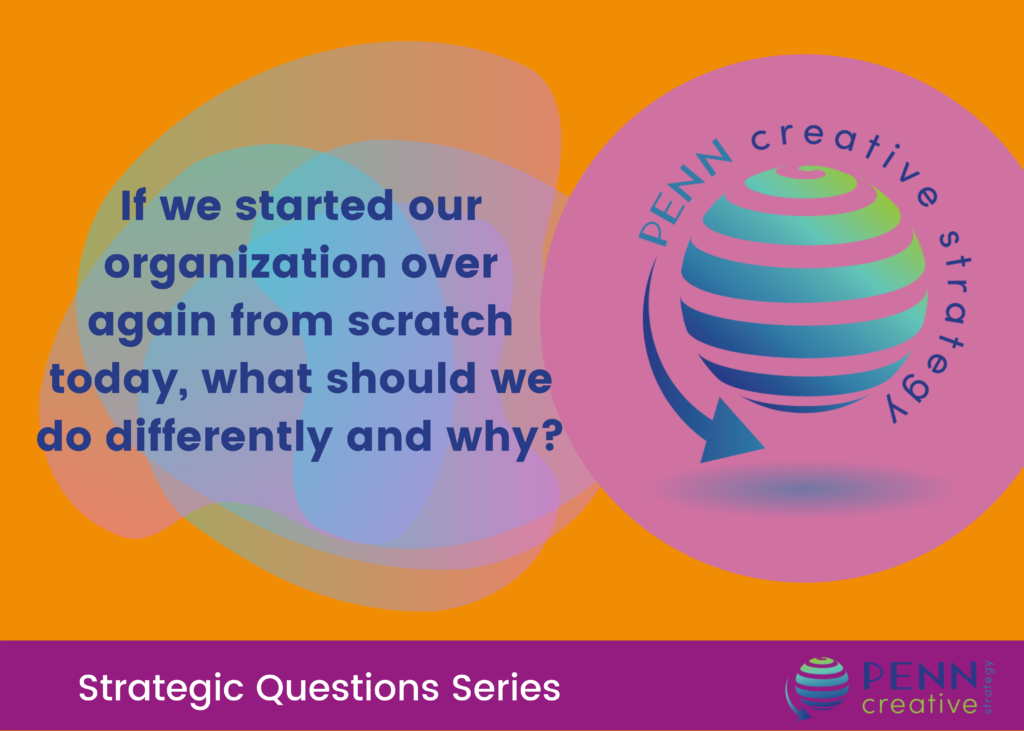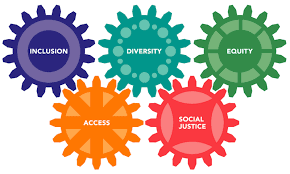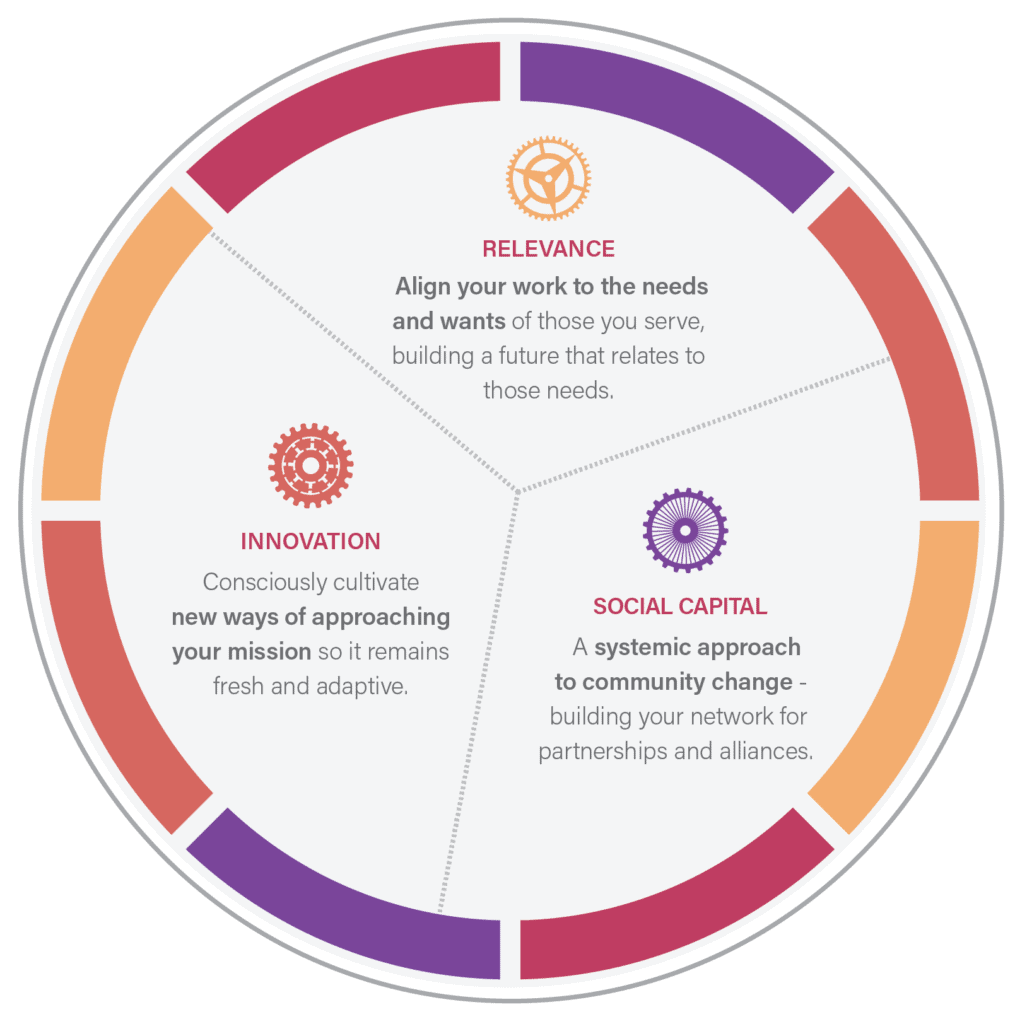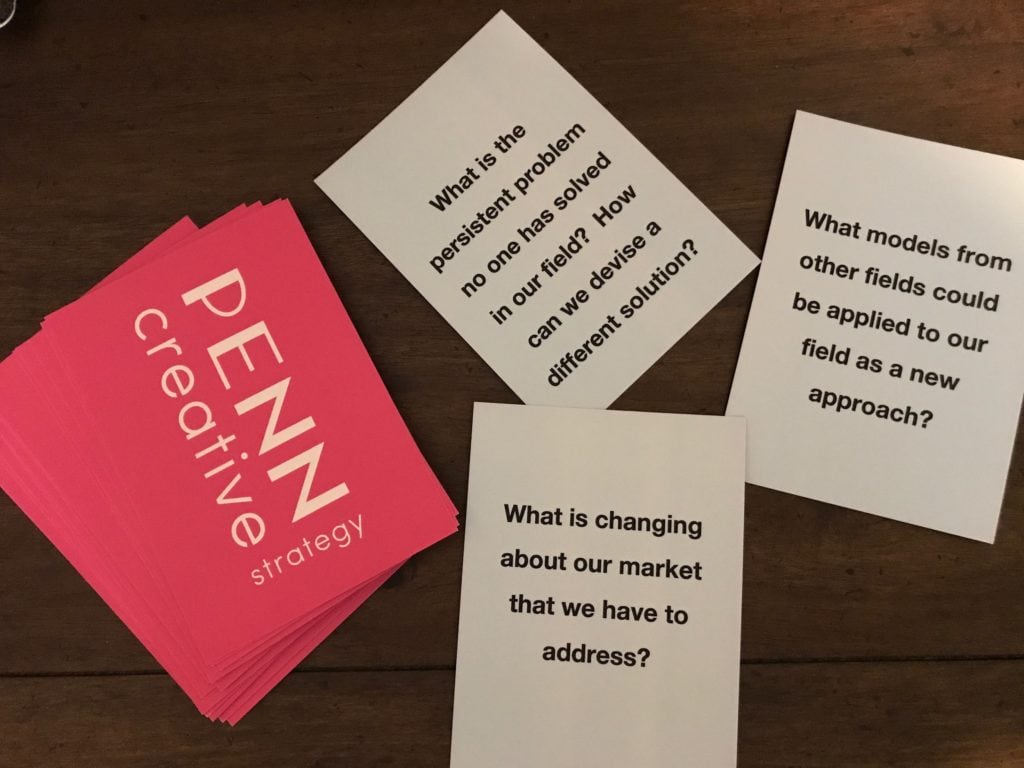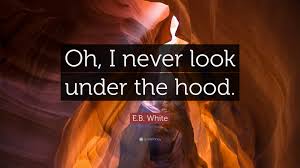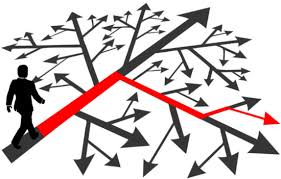by Molly Penn Definition of Facilitation: to make (an action or process) easy or easier. As we know, it is often quite challenging to make something look (or feel) easy. This is the art of facilitation. Facilitation is a large component of successful strategic planning. Isn’t data crunching and analysis the core component of strategic […]
Strategy
By Molly Penn Measuring your success in executing your strategic plan starts with defining what success looks like. The starting point for measuring a strategic plan is the clarity of your vision of impact. This shows up in your vision statement, your mission statement and the goals of your strategic plan. Why is measuring impact
by Molly Penn It’s the beginning of the year and if you’re like many nonprofit leaders, you’re in planning mode. It’s time to think about your plan for fundraising for the year ahead. It’s an important one – the pandemic is turning into an endemic, the government relief funds are no longer available – so
We tend to think of strategic planning as a long process comprising many meetings among internal stakeholders (board and staff) working together diligently to turn their intentions into clear strategy to propel the work. Often, we recognize we need the help of a consultant to add discipline to our thinking, create the process that will
by Molly Penn Have you ever thought about what systems can do for you? We specialize in thinking about this question. As consultants who work with nonprofits and foundations to help them change the world (a lofty goal), we recognize the importance of starting with the smallest step – building systems to support people in
By Molly Penn It is human nature to crave control, avoid uncertainty, and envision a tidy future. Even after a two-year rollercoaster of disruption and chaos, many organizational leaders are still looking to their strategic plans and SMART goals to keep them on a clearly crafted course toward a too-specific future. NYU professor of strategic
by Molly Penn Strategic Planning is a term that gets used fairly frequently, but not always to refer to the same work. As an example, lately we’ve gotten requests for strategic plans ranging from budgets of $15,000 to $150,000. This describes a completely different scope of work. Consulting is a time-driven business – we charge
By Molly Penn Reflecting on all the work we do with incredible clients, and the many, many conversations we have with prospective clients, I find myself noticing some natural tension points that arise as we try to move away from transactional relationships towards more transformative ones. Here are some examples as food for thought and
by Molly Penn How do we ensure that planning = intentional and strategic change? Simple. Every good planning process needs to be rooted in a set of powerful strategic questions. Do your change initiatives feel like business as usual to you? If so, you are missing an opportunity to think about planning as an opportunity
by Molly Penn We’ve been going over all of our “traditional” organizational development practices with a fine tooth comb to build the IDEA lens into everything we do with clients. This article focuses on strategic planning and how to rethink the process of planning so the result is a plan that furthers the organization’s IDEA
By Janice Shapiro Last year, in a matter of days, our world changed without warning. Within months of the pandemic we found ourselves faced with a new normal, and we had to figure out how to sustain our organizations when everything shut down, how to protect our employees’ jobs where we could, how to address
Are there just too many nonprofit organizations? Alliances can take many forms. In this post, we’ll detail some of the most common forms of alliances and why organizations might want to use them. The important thing here is to keep your mission delivery at the forefront of your rationale, and to summon the personal humility that brought you to nonprofit work in the first place.
With an atmosphere of triage all around us, how are we supposed to plan farther out than next week? Yet we operate in a world that requires a degree of confidence from us that we know where we are going. Scenario planning is a process that will help you feel prepared for how the future might unfold.
Everyone struggles with how to articulate your strategic plan goals so they compel others to join you in your noble quest. How many organizations do you know that spend months and months and thousands of dollars only to roll out a plan with … meh goals? We’d bet the answer is too many. We’re setting out to change that.
Imagine coming to work every day full of purpose and conviction. The role of a vision statement is to serve as your true north, the motivation for working in the social sector, the difference you are in business to make. Here are some key questions to ask yourself when framing or refining your vision.
By Molly Penn Strategy should always factor in your organization’s current business model. You need to understand your business model in order to ascertain how bold you can be in your strategy. Do you have assets and liquidity to allocate to new initiatives? Or, is your plan more about regaining financial sustainability? These two situations



